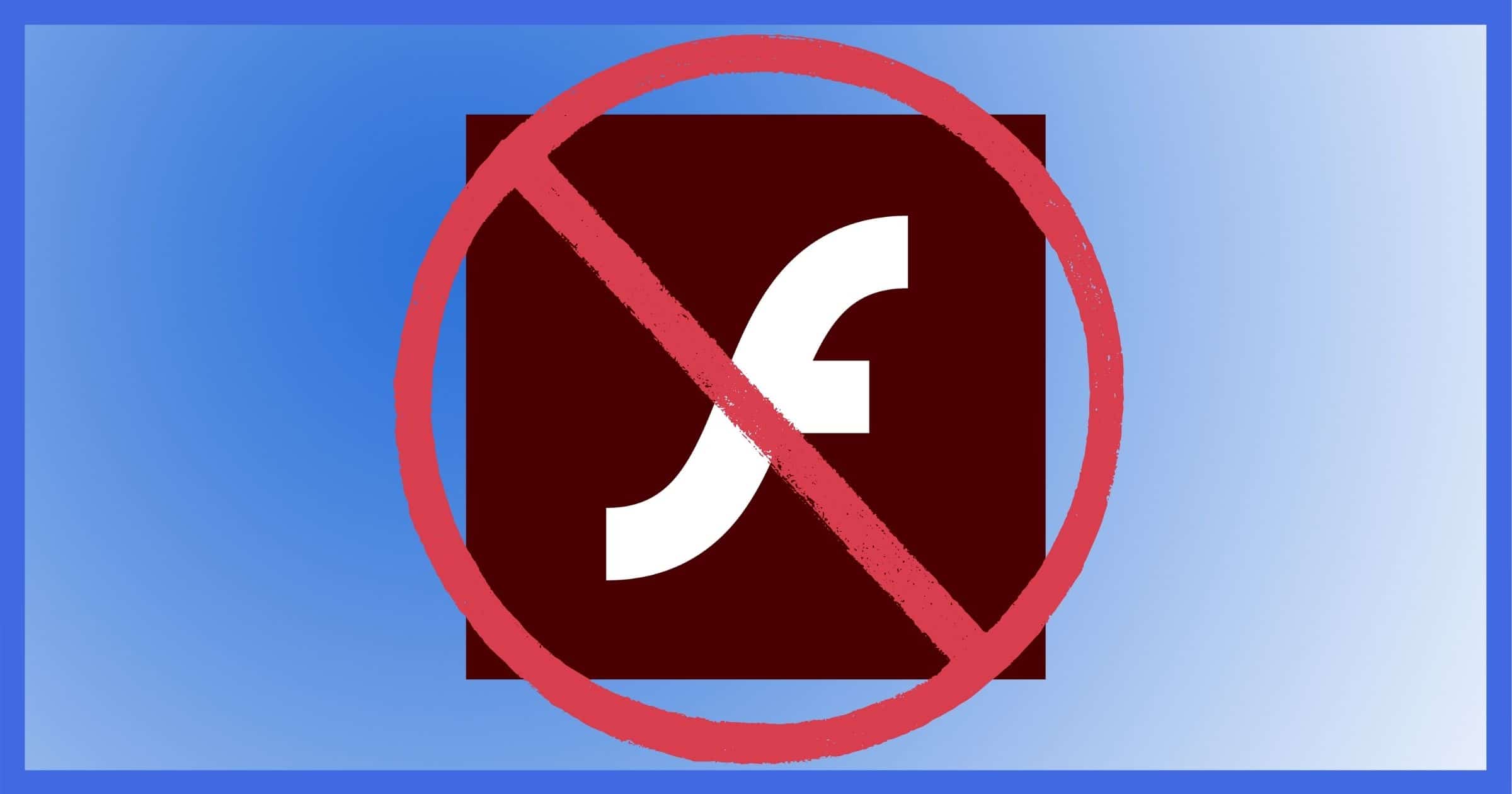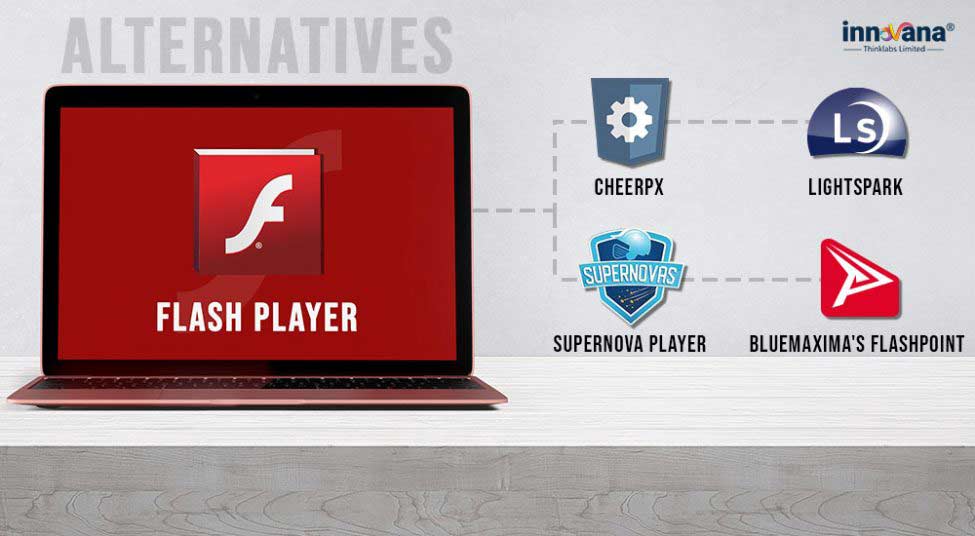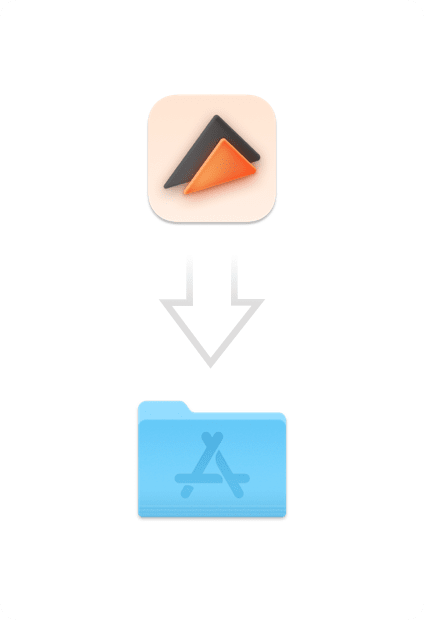

- #CHANGE STORAGE FOR FLASH PLAYER ON MAC HOW TO#
- #CHANGE STORAGE FOR FLASH PLAYER ON MAC FOR MAC#
- #CHANGE STORAGE FOR FLASH PLAYER ON MAC WINDOWS#
Please note: since OS X 10.11 El Capitan, Apple made a few changes to Disk Utility (see details from this ComputerWorld article).
#CHANGE STORAGE FOR FLASH PLAYER ON MAC FOR MAC#
The first part is for Mac users, and the second part is for PC users (Windows 10 based).

Read this USB drive data recovery guide for more information.Īlso, since I don’t know whether you are on a PC or Mac to perform this operation, I’m here to break down this guide into two parts. Because the process of reformatting a disk drive will very likely erase all content and make recovery impossible. Important: make sure you have at least one backup of all the data stored on the device before you proceed. Note: since I’ve formatted my Lexar drive on my Mac, now it shows exFAT.

In the new Properties window, check General > File system and you’ll see what type of file system your flash drive is currently with. Go to This PC, under “Devices and drives,” highlight the disk that represents your USB flash drive, right-click and select Properties. That means my Lexar disk is currently with the FAT32 file system. In the new dialogue, pay attention to General > Format, where it says “MS-DOS (FAT32)”. Once the Lexar disk shows up on the desktop, right-click on the drive icon and select “Get Info.”Īlternatively (in case the disk does not show up on your desktop), open Finder, on the sidebar menu locate your USB drive under Devices, right-click and select “Get Info.” I’m here to use a 32GB Lexar USB key as an example. Make sure your device can be detected and recognized.
#CHANGE STORAGE FOR FLASH PLAYER ON MAC HOW TO#
Read on for step by step instructions… How to Check a USB Drive’s File System?įirst of all, plug your flash drive into the USB port on your computer. How to know what current file system your flash drive is with, and how to format it to exFAT? Now that you’ve learned exFAT is the ideal file system to go. This is because an NTFS-based drive can be read by macOS but you can’t write data to the drive. You may notice that in NTFS is marked “Partially” under the Compatible with macOS column. You should go ahead and format your storage drive with exFAT instead of FAT32, assuming that all devices you want to use the drive support exFAT. Therefore, it’s perfect for a USB flash drive or external disk, especially when you need to save files more than 4GB in size.
#CHANGE STORAGE FOR FLASH PLAYER ON MAC WINDOWS#

By default, Macs are with HFS+ (since 2017 there’s new Apple File System, APFS, optimized for flash storage), while PCs are with NTFS. It’s no surprise that PCs and Macs do not work well with each other, due to differences between the two operating systems (Windows vs.


 0 kommentar(er)
0 kommentar(er)
